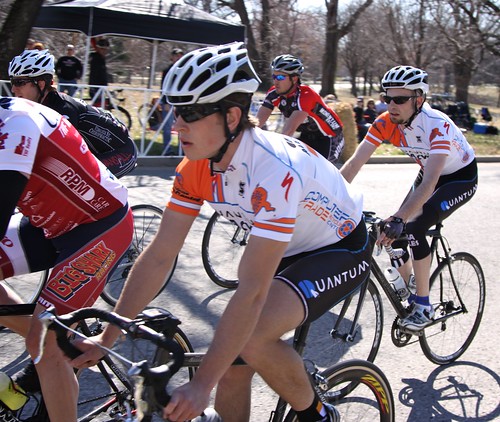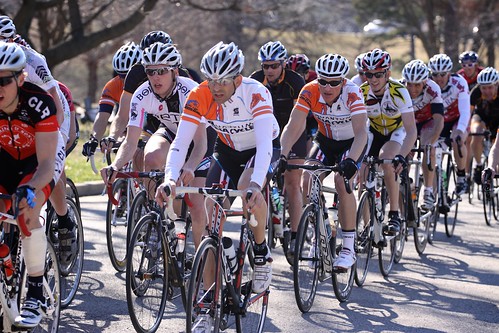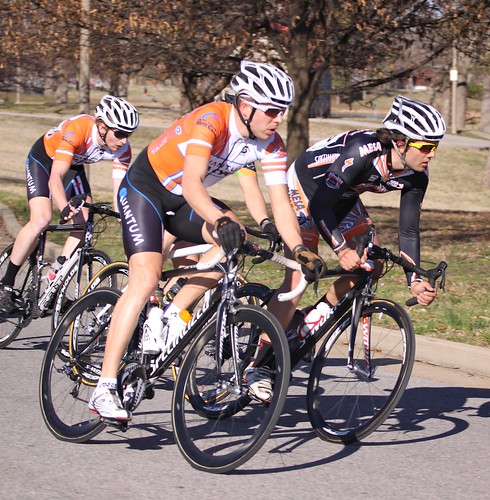It was epic. Where to begin?
As many of you know, Melissa and I spent a year living on la Isla de Ometepe in Nicaragua five years ago while Melissa was studying the howler monkeys there for her dissertation. You can read all about it here. I didn’t actually do any running while we lived there (I took a 3.5 year hiatus due to my knee problems), though I did bicycle extensively. We also hiked Volcan Maderas once.
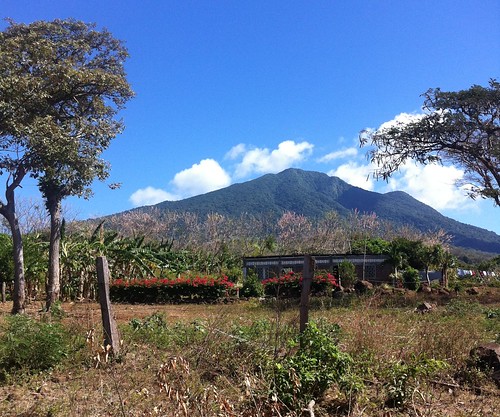
Volcan Maderas
A couple years ago I somehow heard of this new race on Ometepe Island, Fuego y Agua (fire and water). It was a 50K (and 100K) footrace from Moyogalpa (the big city on the island) to Merida (the town where we lived), traversing Volcan Maderas in the process. Since I had done a few ultras before (though all were slightly shorter than this), and I had hiked Maderas before, and I spent a year living at the finish line of this race, I thought this would be the perfect event for me. I looked forward to it for months. Then I learned the December 2010 race was canceled, so my plans would be put on hold. However, the organizers pushed the race from December to February and they were able to get it going slightly over a year later in February 2012.
I looked forward to this race for over a year.
I was running really well for shorter distances last fall when I began to ramp up my mileage. I ran into some hiccups along the way. I had some good long runs in October. I sat out for three weeks in November with knee pain, before a fairly productive December. I sat out for three weeks in January after throwing out my back. I got in one long training run and a medium length preparation race before proceeding to throw out my back again… three weeks before the race. At that point I was in a full-on panic. I would effectively have a six week taper prior to what would be the hardest race I’d ever attempted. That’s too long.
Even as we boarded the plane to fly to Nicaragua I was still experiencing the last remnants of this back pain. I felt kind of bad for asking Melissa to carry most of our luggage, but I didn’t want to chance any more problems (which would certainly have knocked me out of the race). Fortunately the back problems subsided shortly after we arrived, and I was even able to do a good training run a few days before the race.
Our entire trip was great fun for all of us. Melissa covered it all in detail in her blog here, here, here, here, and here. I’ll just focus on the race.
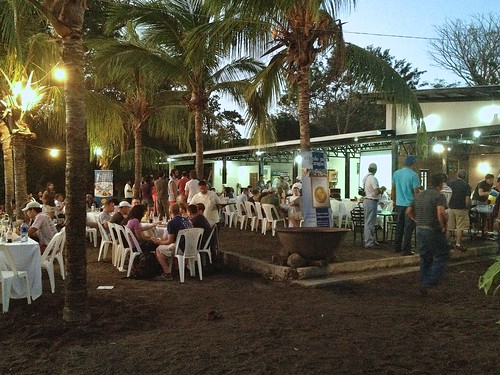
Pre-race dinner
The 50K and 100K start at 4 a.m. In the dark. It may sound horrible, but I greatly preferred the pre-dawn start. The thing that scared me most coming into the race was how I would deal with the tropical heat (I’ve been known to have problems) coming from the midwest in the dead of winter. The 4 a.m. start meant that most of the running part of the race (the volcano is far too steep to run) would be over around the time the sun came up.
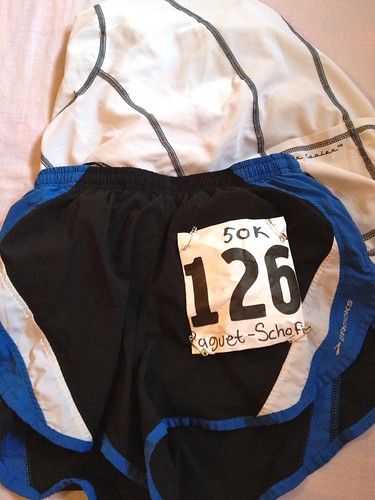
Ready to race
I had been waking up early and going to bed early ever since we left Saint Louis. The night before the race I was about to crash right around the time the German tourists staying at my hostel started a techno-reggae-guitar-jam-singalong outside my room. I was so tired I fell asleep anyway. I woke up just as they finished around 1 a.m. and didn’t get back to sleep. Whoops. I got out of bed at 3 a.m., prepared everything, and walked one block over to the starting line of the race.
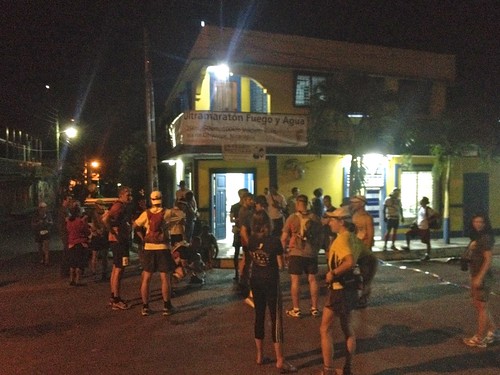
Starting line
There were 20 participants in the 50K and another 18 in the 100K. Headlamps ablaze, we started as some fireworks exploded overhead. Immediately three local guys shot off the front. I started comfortably, running the first mile in 8:30, at which point I could no longer even see the leaders. We immediately turned off the main paved road onto a dirt road I’d never been on before. So much for using my knowledge of the island to my advantage. The ground was a bit soft and mushy, with every runner in front of me kicking up dirt into the air. It was difficult to see with my headlamp reflecting off the particles. I didn’t really like breathing it in either. So I made an attempt to leave a bit of gap to the front and sides of me.
Things started to settle down and I found a few other runners going my same pace. 2.5 miles in I tripped on a tree root and went down. I was already sweating heavily by that point (I’m a heavy sweater), and the soft, loose dirt was now clinging to my knees and my hands. I spent the next few miles trying (with little success) to clean my hands and to catch up to my pack. I caught back up shortly before we hit the main paved road again, just before the first aid station. I introduced myself to Joe and John (both 100K participants) and we ran together for a while.
I vividly remember the hill coming out of San Jose causing my lots of problems the many times I biked it, but it wasn’t a problem on foot. It was actually my fastest mile of the race… which probably wasn’t a good idea. Anyway, Joe and I kept going while John was just a little ways behind. We turned again off the paved road onto another dirt road I didn’t know. We paid close attention to the reflective course markers that would guide our way. We almost missed an important turn while we ran on the wet sand along the shoreline, as the marker was more visible from the deep, mushy sand further inland.
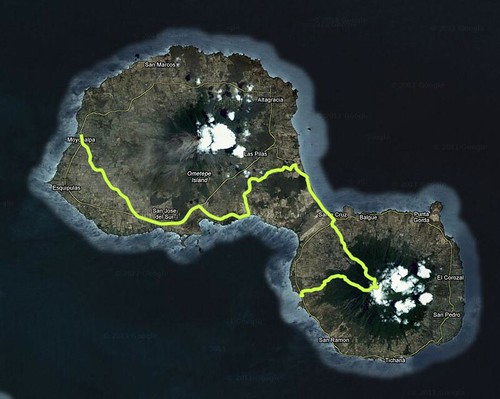
We followed the trail for a while before coming to an intersection that wasn’t marked. There were three possible paths to take, none of them obviously the correct path, and none of them marked. We spent close to five minutes going a short distance down each path looking for markers, but we found none. By this time John caught back up with us and he had a gut feeling about one of the trails, so we just went with it. 300-400 meters later we saw a marker, confirming we made the right choice.
We went up a long hill and wound our way through some banana fields. There were five runners ahead of us at this point and we saw one only about 50 meters up the path. This was strange, given that we had just lost five minutes, but whatever. He disappeared soon enough. While climbing over a downed banana tree, about 13 miles in I had a cramp in my hamstring, which was a very bad sign. I was feeling great, I was staying hydrated, and, most importantly, I was staying on top of my electrolyte pills (which usually prevent the cramping). Maybe the heat calls for more? We’ll see.
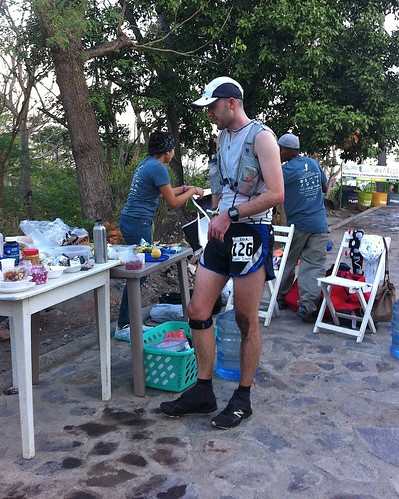
This is actually the third aid station, but you get the idea.
We soon reached the second aid station. I asked the volunteers how many people were ahead of us and they said four. There had been five, but (as I later confirmed) the guy we saw just ahead of us earlier got lost in the banana field. It was also around this time I was noticing a blister had started to form on my little toe. I’ve been running in Injinji socks (toe socks) for a few years and I haven’t had a single blister since I started wearing them. I didn’t know what to make of this development.
We made our way back out to the paved road again. We were now on the isthmus, where it was windier. The sun was rising and I no longer needed my headlamp to see. The breeze cooled us down a bit, but not really enough. Joe started to pull away from me and I didn’t really want to chase. I was slowing down, but I knew what was just a few miles ahead and I needed to hold back as much as possible.
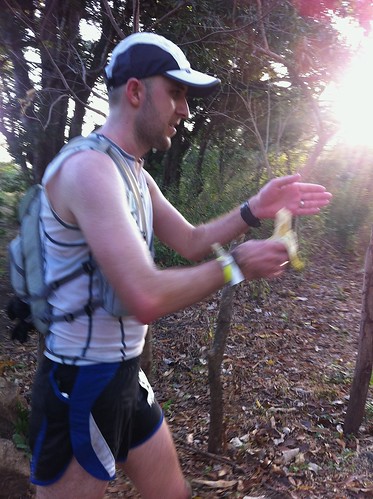
As I turned off the road up to the El Porvenir aid station I saw Melissa. She ran/walked with me up the hill to the aid station, offering me a banana as we went. Once we reached the aid station I sat down to examine the blister situation I mentioned earlier. It was really starting to bother me and I had one hell of a hike coming up. I couldn’t believe what I saw when I took my shoe off. Getting dressed in the dark in my sleep deprived state I put my two smallest toes in the same toe hole, leaving an empty toe hole off to the side that was just rubbing and rubbing my little toe. It was easy enough to fix, and that was the end of the toe problems… no blister.
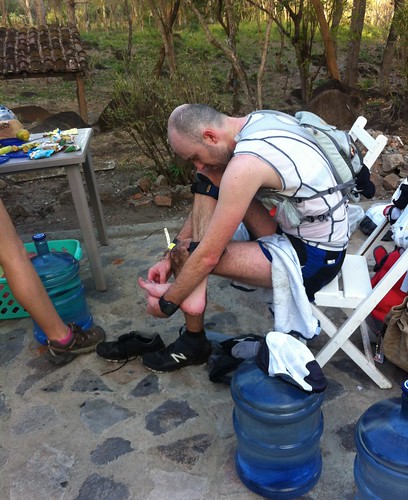
I picked up my trekking poles from my drop bag, said goodbye to Melissa, and began the long uphill journey to the 4000 ft peak of Volcan Maderas. It started off gradually so I convinced myself I could run for a while, but that didn’t last long. I was hiking. And hiking. And hiking some more. I didn’t feel great, but it wasn’t horrible. Yet.
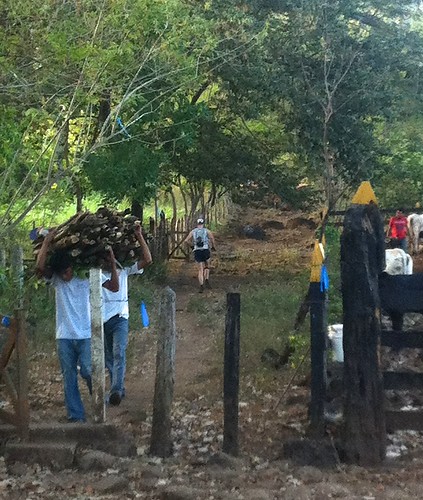
Fairly early on a few guys passed me. The further we went the more people passed me. As the climbing became more vertical, and there were lots of step-ups I started to have cramps. First in my calves. Then in my hamstrings. It got to the point where I had to do the step-ups as quickly as possible or my legs would cramp up and I wouldn’t be able to move. Every step was agonizing. And I was only a quarter of the way up the volcano.

I continued to put one foot in front of the other. While I was cramping fairly frequently, it never actually got worse. I can’t really remember what was going through my mind the rest of the way up the volcano. I was kind of out of it. It was all I could do to keep a count of how many people passed me. I kept eating, drinking, taking my electrolyte pills. The terrain got harder and harder. Then came the mud. First it was damp, then sloppy, then ankle-deep, then calf-deep. A few patches were literally up to my kneecap. When my foot sunk in like that I could only hope my shoe stayed on my foot as I pulled it out.
Another racer filmed the mud. I can’t watch this without laughing my ass off.
Closer the top I hiked a long way with a British guy named Andy. It sounds kind of awful, but it helped mentally to know that someone else was suffering as much as I was. Misery loves company. Eventually, he moved on as well, but that didn’t matter because I somehow managed to make it to the top. I can’t express how glad I was to see a wooden sign, presumably marking the summit, though, to be honest, I didn’t stop to read it. The glorious feeling was short-lived as the trail immediately (and steeply) descended into the crater. It was nice to switch from uphill to downhill for a change, but I knew I was going to have to climb right back up on the return trip.
Another racer filmed the top of Maderas.
A couple more people (including the first place woman) caught me right as I reached the final aid station in the crater. I had run the first 20 miles in a little under 3 hours, then the next 5.5 miles took slightly over 3 hours. I was the 6th person to start the volcano climb and the 20th person to reach the top. I spent a few minutes eating, drinking, refilling my hydration pack for the first time, and reflecting on my collapse. Then it was back up and out of the crater.
The trail coming out was different, and much more difficult. It was no longer possible to climb only with my legs while using my arms to stabilize me. Now I had to pull myself up with my arms as much as push with my legs. I had hiked the whole way up with my trekking poles, and I think they did help me (at least mentally, if nothing else), but now they were really getting in the way, as I needed my hands for climbing. Eventually, I just gave up on them, folded them up and wedged them between my hydration pack and my back. It wasn’t comfortable, but it was my only option other than leaving them on the volcano. I had planned to hike back down with them so I didn’t plan to store them anywhere.

The jungle gym
After some more deep mud I reached the jungle gym section of the trail where we had to climb over/under/through tree branches. Oddly enough, it was this point where I started to come back to life. I had resigned myself to feeling like shit for the rest of the race, so this was a welcome surprise. The more I descended the better I felt. I started hiking faster. Then I started trotting where I could, grasping trees with both hands to keep from falling over. I swung myself from one tree to the next the way I imagine Tarzan would if he were exhausted and descending a volcano. When the trail was straight for more than five feet I ran. I actually ran. A few hours before I was certain the next time I ran would be back in Saint Louis.

Melissa and Simeón
Then I saw Simeón. Simeón was Melissa’s field guide in the forest. He helped her find the monkeys when she was getting started with her research. He helped her cut trails to follow them. He also takes tourists up the volcano. He had hiked nearly 1,000 meters up, apparently just to check on me. He shouted, “¡Rob! ¿Como estas?” (Rob, how are you?), to which I quickly (in broken Spanish) replied “No muy bien, pero mucho mejor que subiendo” (Not very well, but much better than climbing) as I ran past.
Around this same time I also started passing people–people who had blown by me on the way up. This was a truly unfamiliar experience for me. In most races I do well on the uphill sections and suck going downhill. My role was completely reversed now. One guy I ran with for a while was wearing Luna Sandals. It turns out he’s the CEO of the company that makes them. I couldn’t believe he had hiked the volcano in those, but he seemed to be doing quite well with them–a ringing product endorsement.

The 50K finish line
As I got lower in elevation the temperature got hotter. There was less shade from tree cover, and more open fields to run through. I was running surprisingly well, given how tired I was and how rocky the path was. I really didn’t want to trip on the difficult terrain, but I was running so well I didn’t want to stop. It was approaching noon, and the heat was absolutely brutal the last two miles. It finally broke me and less than a half mile from the finish I had to walk some more just to cool down. This was the same trail we had hiked five years earlier, so I recognized where I was at this point. I ran the last quarter mile into the finish line where Melissa was waiting for me, kind of freaking out at how many people had come through with me nowhere in sight. The last 11 miles took me 5 hours, even with me running a few of those miles.
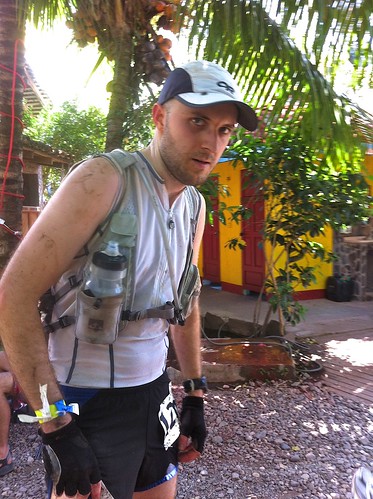
Exhausted, hot, muddy
I finished in 7h55m. My average heart rate was 161, my max was 185. I burned 6762 calories. I consumed 1200 calories. My fastest mile was 8:12, my slowest mile was, well, close to an hour. Once you take out the 100K runners ahead of me I ended up in 9th place for the 50K. My first 50K. While this is quite a bit lower than my usual placings of the top 5%-10% in shorter races, I will gladly take it. This was the hardest race I’ve ever done. I was completely out of my element. It was epic. And I loved it.

I cooled down in the shade at the finish line, drinking and trying to eat. After a short while I actually convinced myself that I could go farther. I wasn’t completely dead. The rest of the day, yes I was tired, but I wasn’t nearly as sore as I typically am after a road marathon. The next day I had very little soreness. The second day after the race I had a bit more soreness in my legs and shoulders, but still not as much as I expected. Then, after that, I was fine. I had no long-lasting injuries and within a week I was back to running as normal, feeling better than I had in months. Rested even.
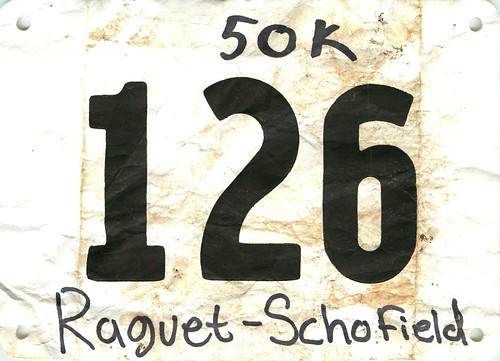
After reflecting on the race for a couple weeks a few things are clear that I could have done differently.
- The frequent injuries prior to the race and the six week taper were a problem. I didn’t have the base fitness to race that far.
- I should have done more hill work. I did run hills, but nothing in the ballpark of the Maderas climb.
- I should have started slower. Even though I felt great for the first 20 miles, I just didn’t have enough left in the tank for the climb.
- I should have taken more electrolyte pills. Every 30 minutes just wasn’t enough for the amount of sweat I produced.
- I should have started with a less-than-full hydration pack and filled up at the aid stations rather than carry all that weight for the entire race and only fill up at the last aid station. The day after the race my shoulders were more sore than my legs.
- I probably should have climbed without the trekking poles. They helped me mentally, but I’m not sure they helped me physically, and they got in the way a lot.
Anyway, we’re already thinking about the trip next year. The race was a very unique adventure, and it was incredibly well organized. I got the sense that pretty much all the other runners had similarly great experiences. This race is going to explode in popularity. I wouldn’t be surprised if they reached their 100 participant-per-race cap as soon as next year.
